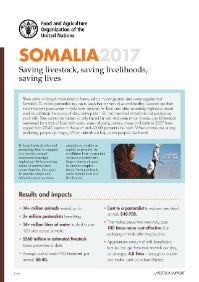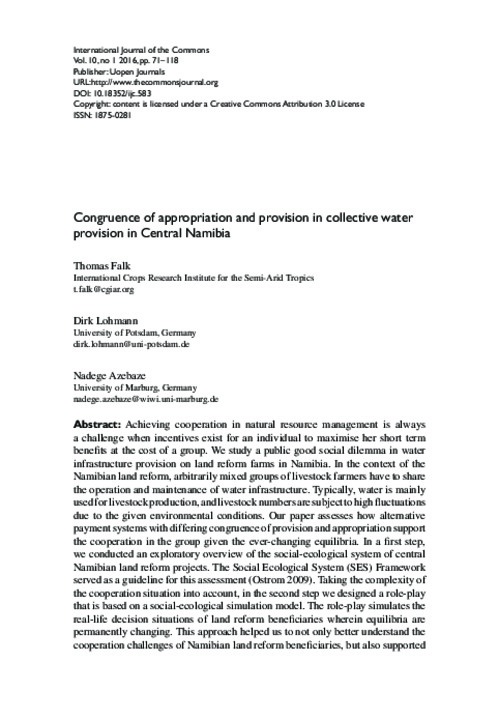GUIDELINES FOR APPLYING AND STRENGTHENING THE USE OF CRITERIA AND INDICATORS FOR SUSTAINABLE FOREST AND RANGELANDS MANAGEMENT IN THE NEAR EAST AND NORTH AFRICA REGION
The aim of the practical guidelines presented in this document is to support the adoption and usability of the criteria and indicators (C&I) for Sustainable Management of Forests and Rangelands (SFRM) adopted by the 22nd Session of the Near East Forestry and Range Commission (NEFRC). The guidelines are based on the review of existing literature and on consultations with national experts and relevant institutions in Morocco, Sudan and Tunisia regarding challenges identified in the use of the prop osed C&I for SFRM.





